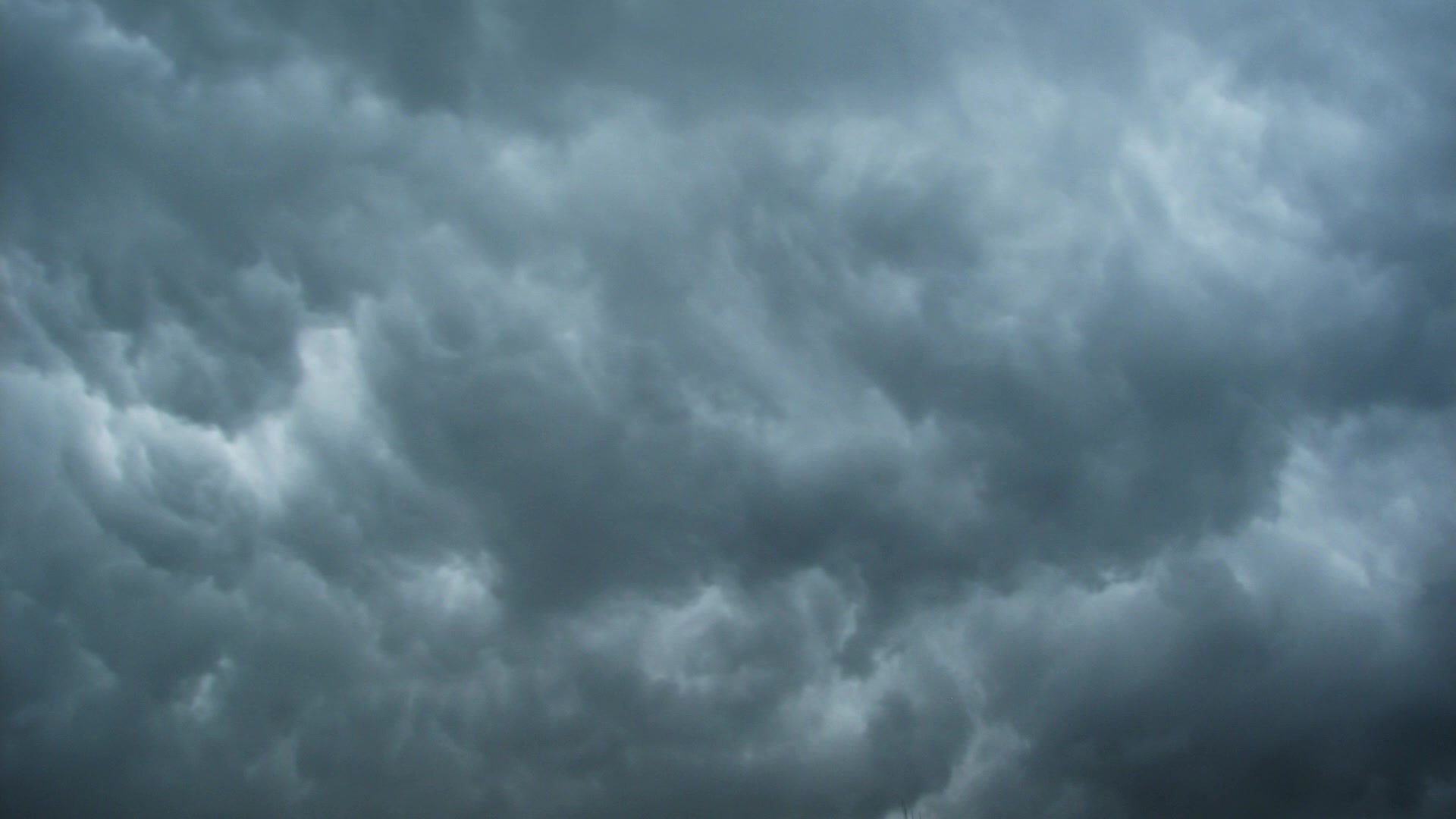Andrew Ford
- Lilliane Kamel
- Jun 10, 2017
- 2 min read
About Andrew Ford
Australian composer, writer and broadcaster
Was born in England in 1957
During his study at university in England, he met Sir Michael Tippett who encouraged him to follow his instincts as a composer rather than working with established musical systems.
Migrated to Australia in 1983 to take up a teaching position in the Faculty of Creative Arts at the University of Wollongong.
In 1992, he took leave from the university to be composer-in-residence for the Australian Chamber Orchestra for 2 years.
In 1995, he retired from academic life and since then has presented The Music Show each Saturday morning on ABC Radio National.
Ford's output as a composer is varied: from musical theatre to orchestral and chamber music to solo instrumental and vocal music.
His style represents influences from a wide range of popular and art music styles as well as literary influences.

The Unquiet Grave
A viola concerto (written for Patricia Pollett - violist, who gave the premiere performance in 1999.
Based on an English folk song The Unquiet Grave which is quoted in full, played by the viola (soloist).
Instrumentation / performing media:
solo viola
flute (doubling piccolo)
oboe
alto saxophone (doubling soprano)
bassoon
horn
trumpet
1 percussionist (playing tubular bells, tam-tam, bass drum, vibraphone, marimba and crotales)
harp
strings
Musical Characteristics
Much of the melodic material throughout the piece is derived from fragments of the song The Unquiet Grave (also known as 'Cold Blows the Wind My True Love').
The folk song is quoted in full just before the end of the piece.
The expression 'ruvido' (roughly) marked on the score is intended to portray the 'roughness and vibrancy' of the folk song style.
Another influence from the folk song style is the frequent use of open strings and harmonics.
The work shows an intimate understanding of contemporary string techniques which are layered in the string parts to create a kaleidoscope of tone colours.
Harmonics are a feature of the piece (e.g. the cadenza is almost entirely made up of harmonics). Much of the harmonic pitches are derived from notes in the melodic line.
Sections tend to start out simply (melodically and harmonically) then climax in a series of ascending figures which blur both texture and harmony. This techniques is used throughout and unifies the work.
The tempo is manipulated so that the work appears to be gaining speed for much of its course.




Comments